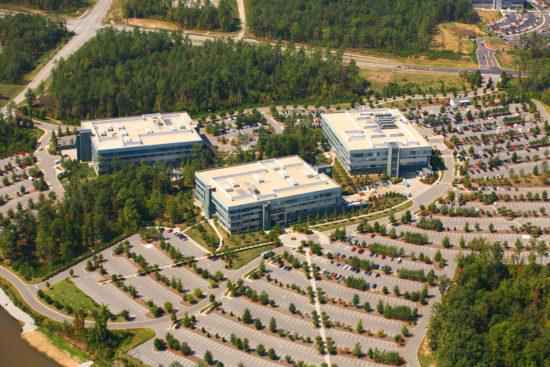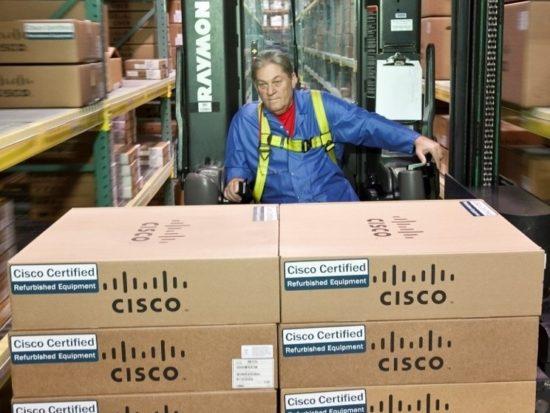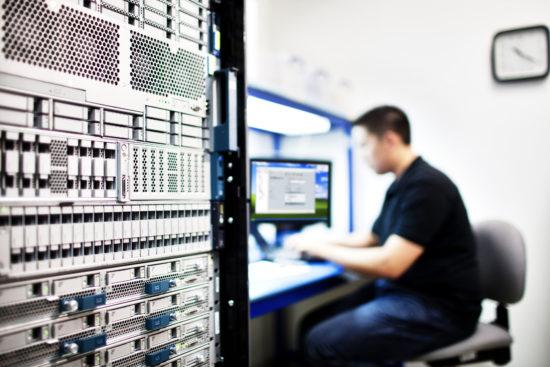Earth Day: What Makes Cisco a Sustainability Leader?
By Tae Yoo
Cisco Blog | Executive Platform
Nearly 50 years ago, US Senator Gaylord Nelson spearheaded the first Earth Day, sparked by the devastating 1969 oil spill off the Southern California coast. The inaugural celebration in 1970 saw 20 million Americans showing their support, followed by the passing of the Clean Air Act, Clean Water Act, and the Endangered Species Acts by year’s end.
Today, Earth Day is the largest civic observance in the world, with more than one billion people celebrating annually.
What Earth Day’s history shows is that when individuals come together, they can affect change. At Cisco, we believe that when it comes to solving our planet’s most pressing problems, we can achieve maximum impact by bringing together passionate people, innovative ideas, and transformative technology. Case in point is the Connected Conservation program—a successful wildlife conservation initiative that is the result of shared passion, digital expertise, and a tight partnership among leaders from Cisco and partner Dimension Data.
In celebration of Earth Day, we spoke to three Cisco experts about how our teams and individuals are driving Cisco’s leadership in sustainability:
Andy Smith – Senior Manager, Global Energy Management & Sustainability
Within our internal operations, we have focused our sustainability efforts on reducing energy use and greenhouse gas (GHG) emissions and have been very successful to date—implementing over 600 energy efficiency projects, achieving a 45 percent GHG reduction, and sourcing 82 percent of our electricity from renewable sources. We are now expanding our focus to include both water and waste.
In our second largest US campus (Research Triangle Park, North Carolina), we have set aggressive sustainability goals—100% renewable energy, zero waste, and water neutrality by FY20. We will use this campus-specific initiative to prove our strategy and apply lessons learned to expand goals to campuses across the globe.
Environmental sustainability has also become increasingly important to our employees and they are having a big impact. For example, our India Green Team recently transformed our facilities by eliminating all single-use items like paper cups and plastic cutlery. The passion of Green Team employees got this initiative off the ground, but it quickly became necessary to collaborate cross functionally with business units, local leaders, and our local facilities team.
Environmental consciousness and awareness continues to grow in India, and it was incredible to see employee awareness translate directly into significant changes operationally. We are now taking lessons learned in India to begin removing single-use items from many of our major campuses.
Lisa Brady – Director, Supply Chain Sustainability & Circular Economy
The world is consuming resources at a faster rate than our planet can keep up with, and the long-term sustainability of our company requires that we adapt. Cisco is therefore committed to accelerating the advancement of circularity inside our business and beyond. At the heart of this is the cross-functional collaboration of our people and expertise.
For example, we must align to programmatically and functionally drive towards our aspirational goals, such as decreasing the use of virgin plastic by 20 percent by 2025 (FY18 baseline) and incorporating circular design principles into all new Cisco products by 2025. The diversity of functions that provide input are incredibly powerful; they identify barriers, optimize how we leverage Cisco tools and resources, and generate a stronger commitment to deliver.
Additionally, we focus on cooperative work that fosters new ways of thinking, creates true behavior change and moves the company as a whole through this transition. We recently launched the Circular Economy Executive Change Network—a cross-functional network of 10 senior thought leaders who support our circular economy objectives by championing the vision, encouraging engagement, and providing business support. Through collaborative future-state visioning and action planning among thought leaders, we hope to foster a level of change that will accelerate our company to be more circular, and more sustainable over all.
Darrel Stickler, Global Environmental Sustainability Lead
Greenhouse gases and energy are Cisco’s most material sustainability issues. Our products all plug into the wall, so it’s our obligation to our customers and the environment to make our products energy efficient. Additionally, all that power doesn’t come for free. Electricity is a major operating expense for our customers. Last September we announced a product power efficiency goal, setting a benchmark for the industry. Since FY16, we have improved large rack-mounted-equipment system power efficiency from 77% to 82% and have set a goal to reach 87% by 2022.
Cisco’s engineering expertise places us in a unique positon to deliver. Joel Goergen, one of Cisco’s 17 Fellows, works with product engineering teams across the business to uncover, test and implement the complex shifts in our products that provide industry-leading energy efficiency. However, we want to provide world-class power efficiency.
We are also exploring alternative methods of cooling since the forced air cooling in wide use today requires a lot of energy to move the volumes of air needed to cool our equipment. We are also working with customers to improve the efficiency of overhead power—the electricity from the outside to the plug of our equipment. It’s this efficiency in power delivery to our plug, and then inside our equipment, that will set the standard in the industry.
At our core, Cisco has always been about solving problems, connecting people, and striving for positive outcomes. From top to bottom, our employees are proof that everyone has the potential to be a global problem solver and positively impact the planet. We are proud to be recognized as a leader in sustainability and we want this to continue—going beyond what is expected in order to build the bridge to a sustainable future.




